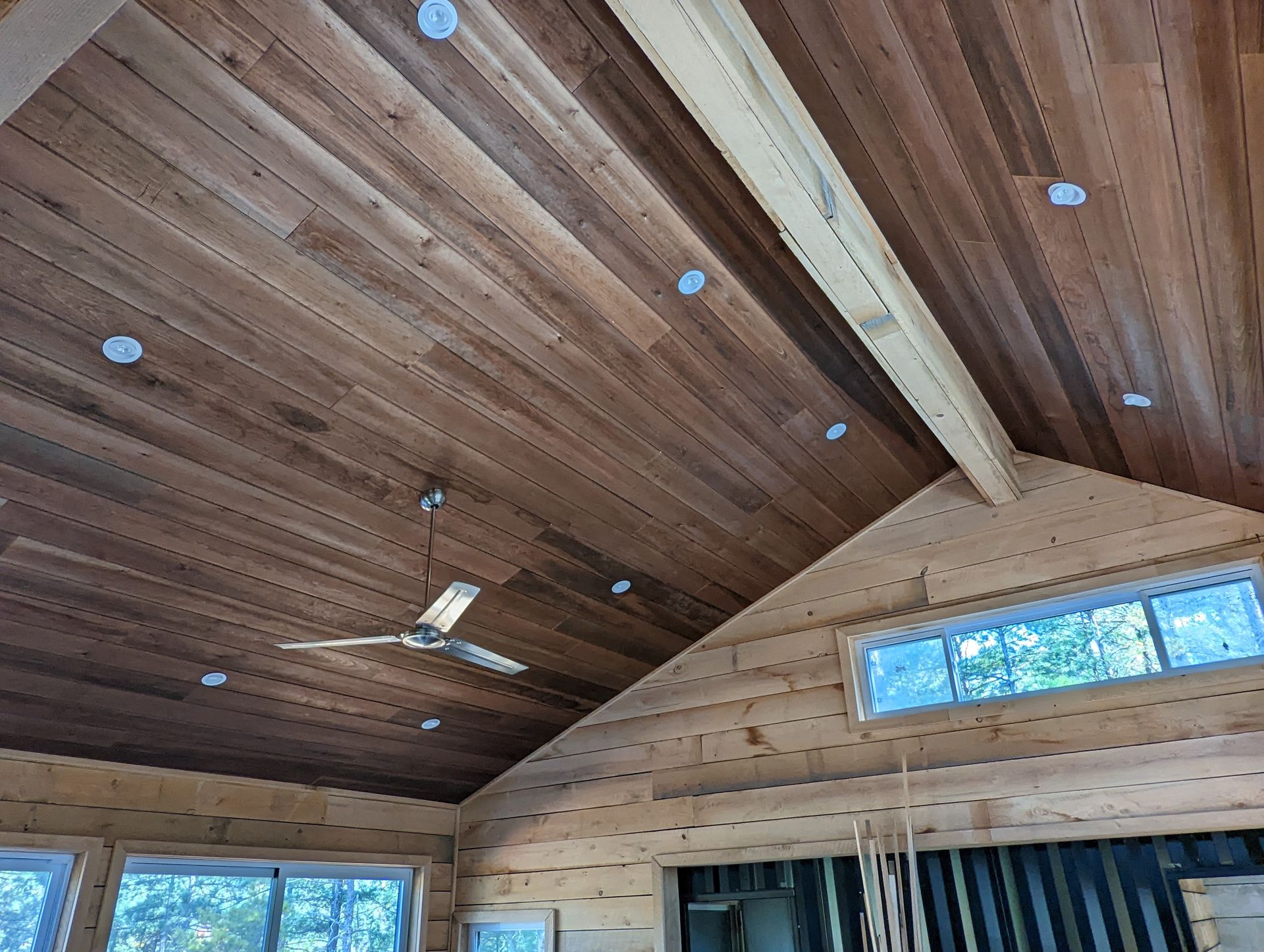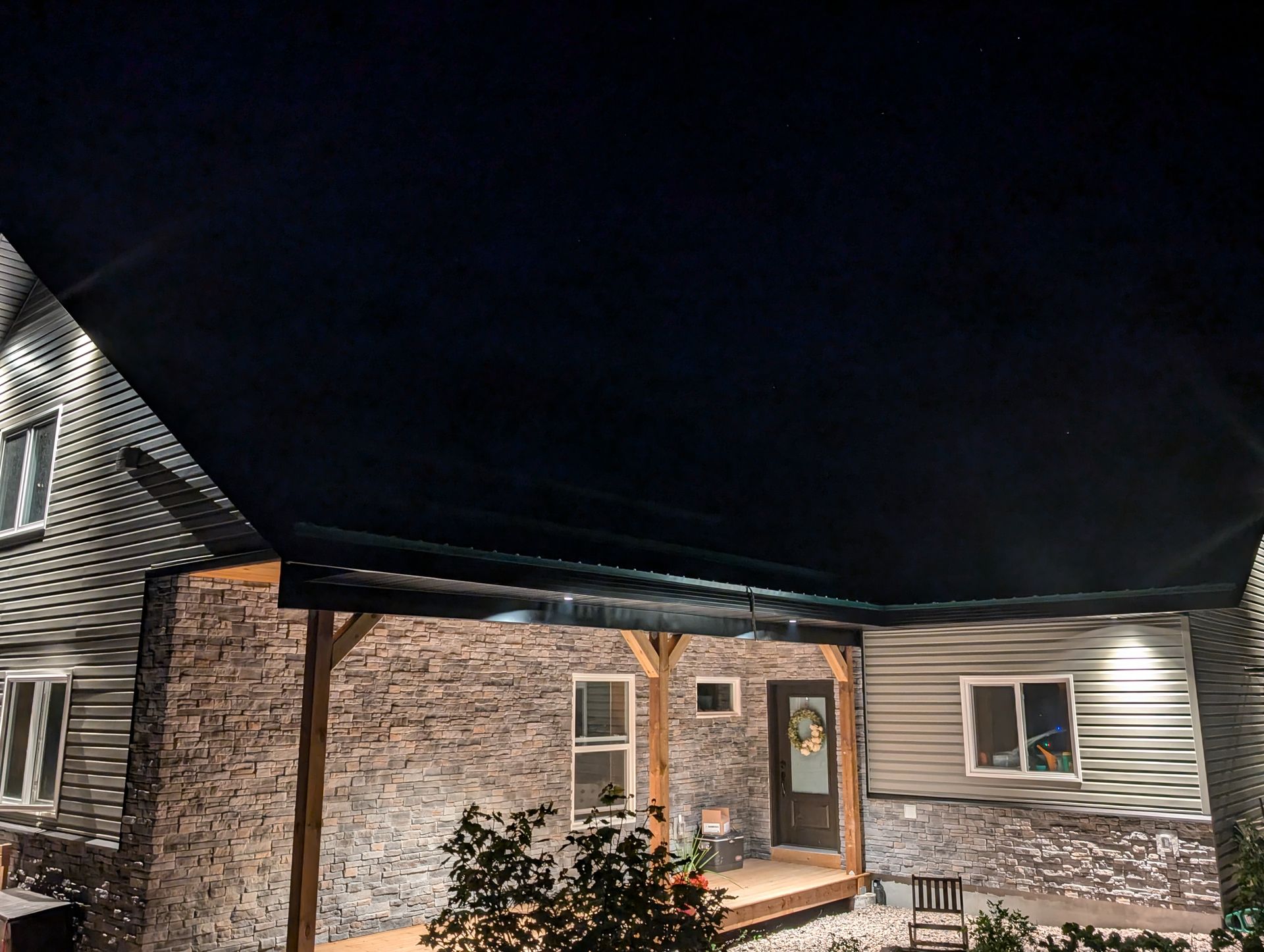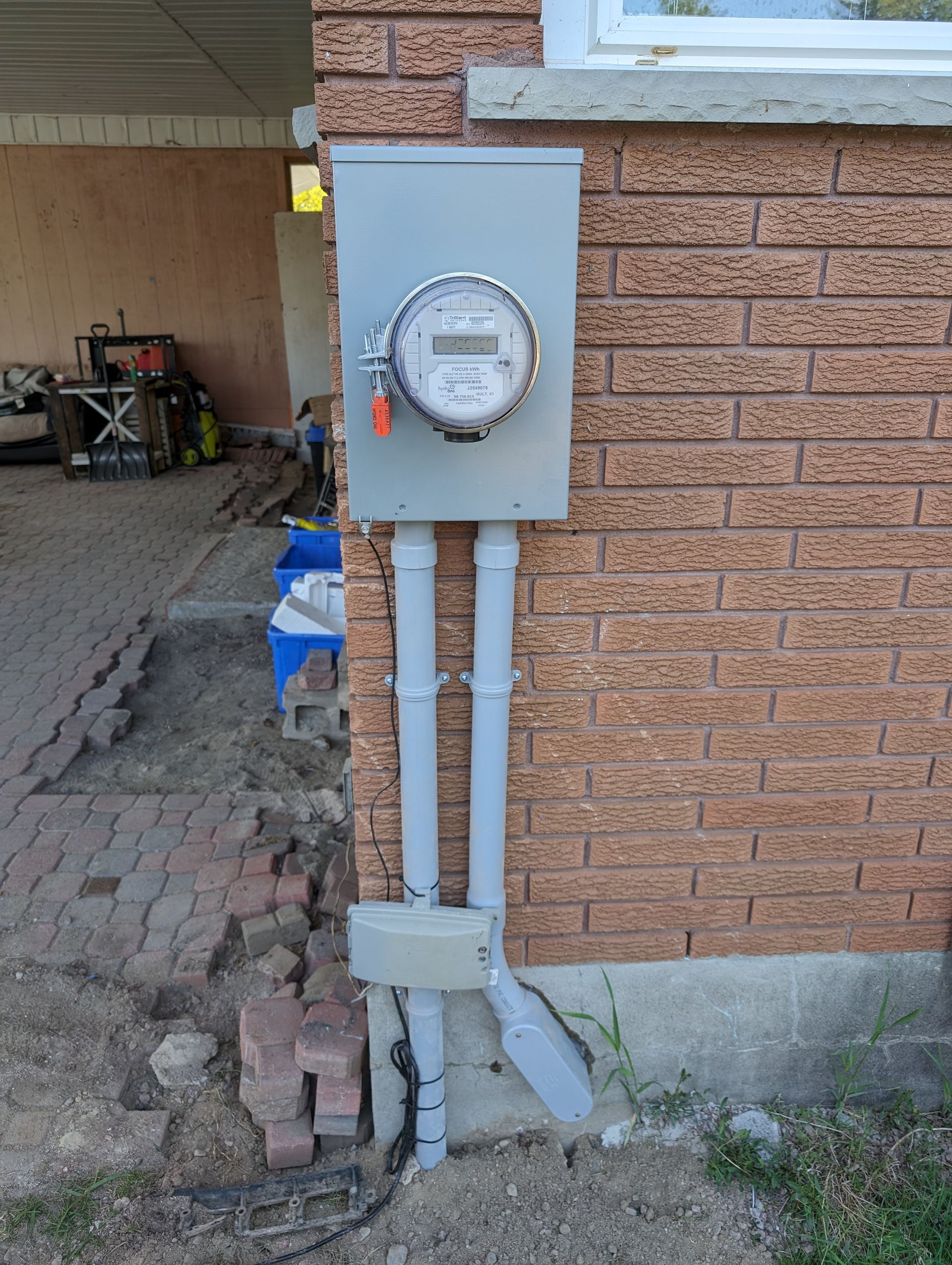New Home Wiring
Building a new home is an exciting journey, filled with numerous decisions that shape the comfort and functionality of your living space. One critical aspect that requires careful consideration is the electrical wiring. Proper electric wiring ensures safety, efficiency, and convenience. This guide will walk you through the essential aspects of electric wiring in a new home.
Planning and Design
Before any wiring begins, a thorough plan and design are essential. This stage involves:
- Assessment of Needs: Determine the electrical needs of your home, including lighting, outlets, appliances, and special systems like home theaters or security systems.
- Load Calculation: Calculate the electrical load to ensure your home's wiring can handle the demand. This includes considering future expansions or additional devices.
- Code Compliance: Ensure that your electrical plan complies with local building codes and the National Electrical Code (NEC). This guarantees safety and legality.
Main Electrical Panel
The heart of your home's electrical system is the main electrical panel. It distributes electricity from the utility company to various circuits within your home. Key points include:
- Location: Typically installed in a garage, basement, or utility room for easy access.
- Capacity: Choose a panel with sufficient capacity, often 200 amps for modern homes, to accommodate current and future needs.
- Circuit Breakers: Ensure the panel has enough circuit breakers for all your home's circuits, including dedicated breakers for major appliances.
Wiring Materials
Choosing the right materials for wiring is crucial for safety and performance. Common materials include:
- Copper Wires: Highly conductive and durable, copper is the most common material for residential wiring.
- Romex (NM) Cable: A popular choice for interior wiring, Romex cable is easy to install and cost-effective.
- Conduits: For areas exposed to potential damage or moisture, using conduits to protect the wiring is essential.
Installation Process
The installation process involves several critical steps:
- Rough-In Wiring: Before walls are closed, electricians run cables and install outlet, switch, and light fixture boxes.
- Grounding: Proper grounding is essential for safety. Ground wires and rods help prevent electrical shocks and fires.
- Inspections: After rough-in, an inspector ensures the wiring complies with codes and is safe. A final inspection occurs after the home is complete.
Outlets and Switches
Strategic placement of outlets and switches enhances convenience and functionality:
- Standard Outlets: Place outlets every 12 feet along walls and near countertops, as per code requirements.
- GFCI Outlets: Required in kitchens, bathrooms, and outdoor areas to prevent electrical shocks.
- Switch Placement: Install switches at room entrances and exits for easy access to lighting.
Lighting
Proper lighting enhances the ambiance and usability of your home:
- Ceiling Fixtures: Ideal for general lighting in living areas, bedrooms, and hallways.
- Recessed Lighting: Offers a sleek look and is perfect for kitchens and bathrooms.
- Dimmer Switches: Provide flexibility in lighting intensity, enhancing comfort and energy efficiency.
Special Considerations
Certain areas and systems require special attention:
- Kitchens and Bathrooms: These areas need more circuits due to high power demands from appliances and devices.
- Home Office: Consider extra outlets and dedicated circuits for computers and equipment.
- HVAC Systems: Ensure the heating and cooling systems have dedicated circuits to handle their power needs.
Future-Proofing
Consider future technology and lifestyle changes:
- Extra Conduits: Install conduits for easy addition of new wiring.
- Smart Home Systems: Plan for smart home devices, which often require additional wiring for control panels and sensors.
- Energy Efficiency: Opt for energy-efficient wiring and fixtures to reduce long-term costs and environmental impact.
Conclusion
Proper electric wiring is the backbone of a safe, efficient, and comfortable home. By planning meticulously, using quality materials, and ensuring code compliance, you can create a reliable electrical system that meets your current and future needs. Always work with a licensed electrician to ensure the highest standards of safety and professionalism.



Interested in our services? We’re here to help!
We want to know your needs exactly so that we can provide the perfect solution. Let us know what you want and we’ll do our best to help.
